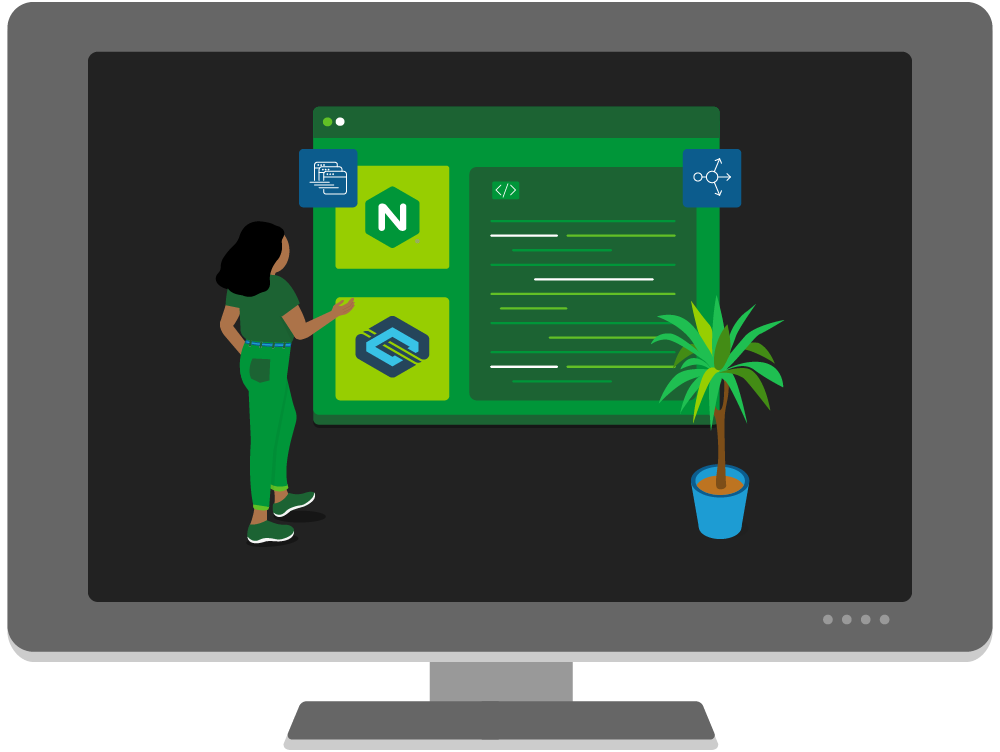Learn about the benefits of the new QUIC+HTTP/3 protocol and how to configure NGINX for QUIC in this webinar and hands-on lab.
Get Hands-On with NGINX and QUIC+HTTP/3 – EMEA
Learn about the benefits of the new QUIC+HTTP/3 protocol and how to configure NGINX for QUIC in this webinar and hands-on lab.
Get Hands-On with NGINX and QUIC+HTTP/3
Learn about the benefits of the new QUIC+HTTP/3 protocol and how to configure NGINX for QUIC in this webinar and hands-on lab.
Install and Configure NGINX Unit, the Universal Application, Web, and Proxy Server – APCJ
Learn how to install and configure NGINX Unit – an open source multi-language application server, lightweight web server, and reverse proxy.
Install and Configure NGINX Unit, the Universal Application, Web, and Proxy Server – EMEA
Learn how to install and configure NGINX Unit – an open source multi-language application server, lightweight web server, and reverse proxy.
Install and Configure NGINX Unit, the Universal Application, Web, and Proxy Server
Learn how to install and configure NGINX Unit – an open source multi-language application server, lightweight web server, and reverse proxy.
Installing and Configuring NGINX Open Source
This 101-level lab and demo takes you from a “blank” LINUX system to a full-featured NGINX application delivery configuration for serving web content and load balancing.
How to Avoid the Top 5 NGINX Configuration Mistakes
Learn about the most common NGINX configuration mistakes and how to keep from making them.
NGINX 101: Web Server and Reverse-Proxy Cache – APCJ
Learn the basics of configuring and deploying NGINX as a web server and optimize performance and availability of the web server with a reverse-proxy cache.
NGINX 101: Web Server and Reverse-Proxy Cache – EMEA
Learn the basics of configuring and deploying NGINX as a web server and optimize performance and availability of the web server with a reverse-proxy cache.
- 1
- 2
